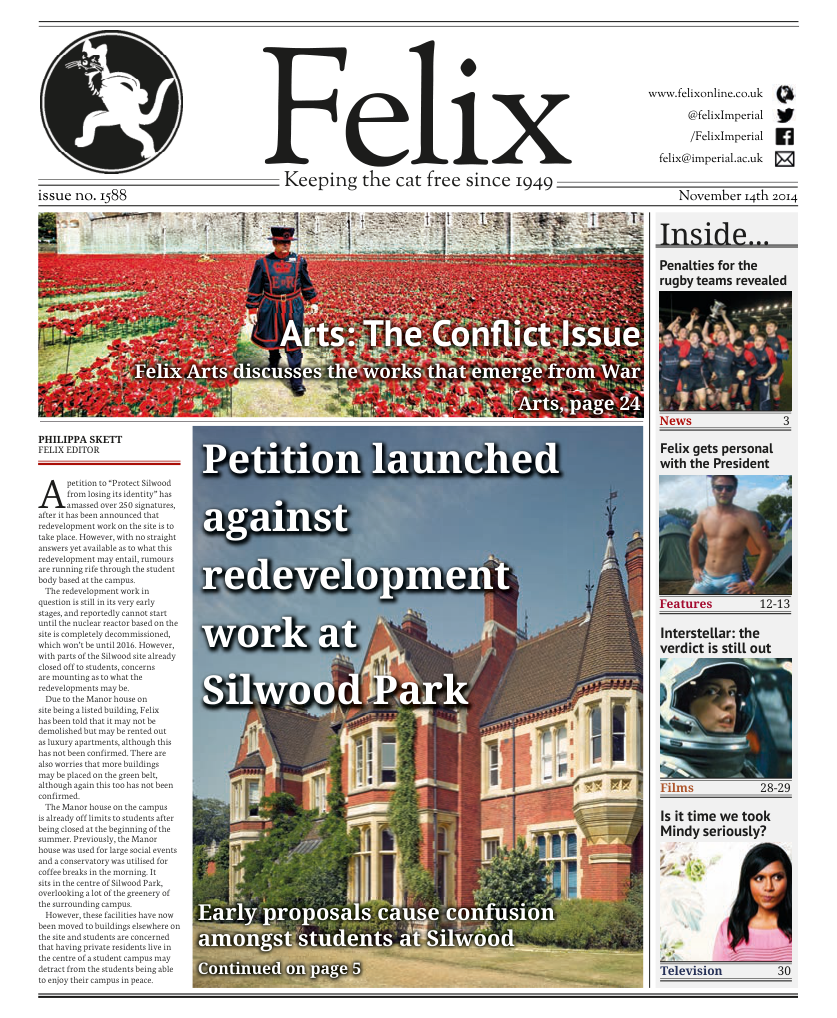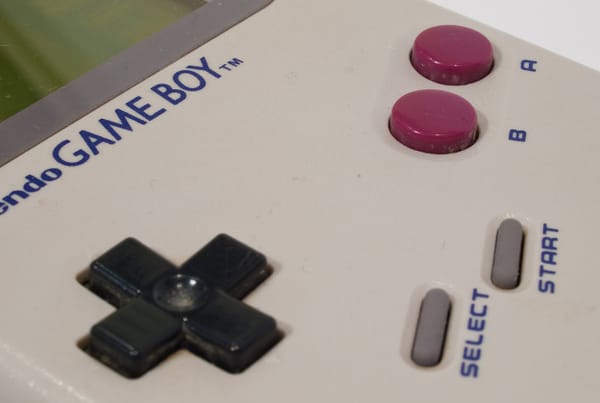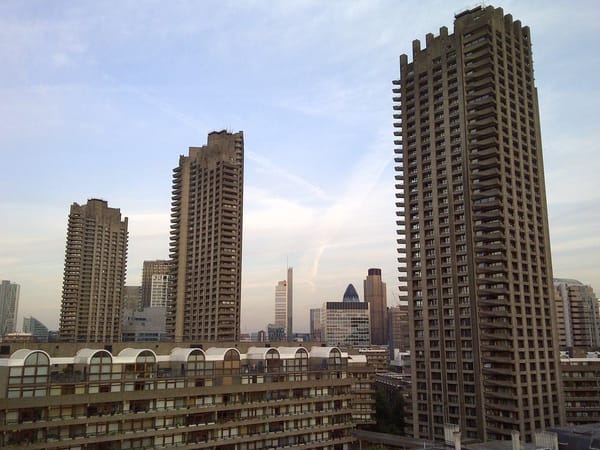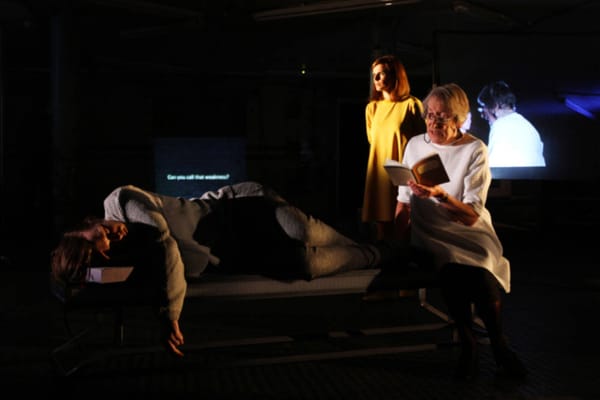Blood Swept Lands: Why do we remember war?
Kamil McClelland examines the role of the Tower of London installation
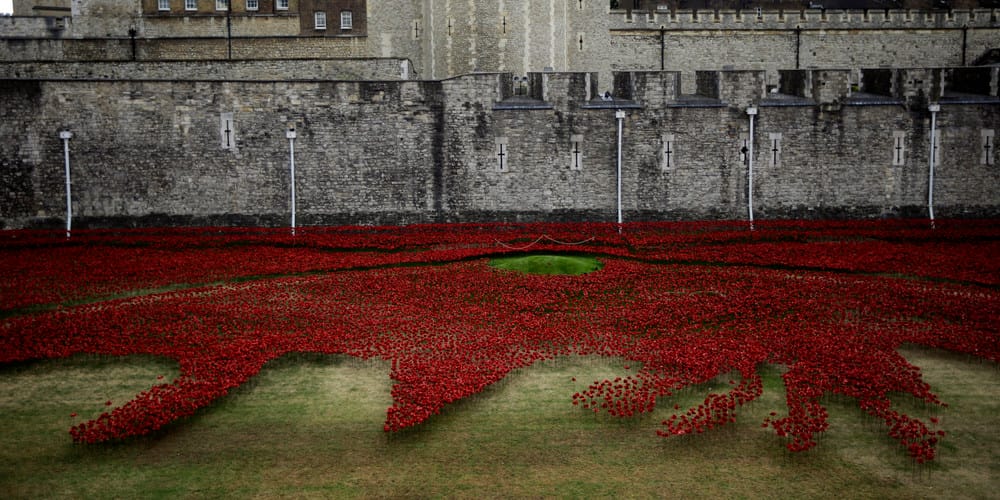
The UK has been blown over in support for Paul Cummin’s recent work at the Tower of London_ Blood Swept Lands and Seas of Red _to such an extent that the installation, which began being partly dismantled on Wednesday, was prolonged until the end of the month. Moreover, such was the public reaction that, with the help of David Cameron himself, some of the display will be toured around the country until 2018, after which it will gain a permanent position in the London and Manchester Imperial War Museums.
So yes, this work was hugely popular and almost everyone that you speak to found it intensely moving, especially if they also witnessed the Roll of Honour of the names of war dead submitted by the public, announced at dusk, a particularly poignant occasion. But is this way of remembering – a very British way of remembering – how it should be done?
This, as with almost all forms of British war remembrance, focuses on the victims of the war: the glorious dead, the heroic veterans, the women on the home front faithfully supporting the war effort. And although this way of remembering does have its merits, particularly in the way that it allows very personal reflection on one’s family ties to war and death, it doesn’t remember much of the war itself. The poppy installation does, to some extent, give one a sense of the scale of death and ensures equality in death but it does not particularly reflect on the reality of war: the horror, the death, and the inhumanity.
Visual artists who have managed this in the past include Otto Dix and Francisco Goya, both of whom focus more on the sheer terror and insanity of the practice. Otto Dix served in the First World War on the German side and was deeply traumatised, suffering recurrent nightmares of his experiences. Because of this, his paintings are completely overwhelmed with terror and fear, even still after almost one hundred years. His works are not about remembrance, they are about war: real war and why it can never happen again. Now where is this reality of war represented in the poppy installation?
It seems now that the number of people that lived and fought in the First and Second World Wars dwindles to next to nothing, the memories of these everyday horrors fades with them and we are even more detached from it. And so, to ensure these images are passed on, we rely on art. The memories of individuals will always be passed on – I know all about my relative who died in the First World War – but it is these other factors that won’t be passed on because they do not exist in one’s individual war narrative. Hence, because of this, we need to change how we publicly remember war.
So why do we not focus on this? Why do we not remember first and foremost so this never happens again? I think it is because we do not want to imagine these aspects of war, not because we necessarily support war but because we do not want to imagine someone ever went through that.
How could you possibly restart civil society after something like the horror of the Somme? As people, we want to remember our friends and family who died in war as opposed to the way in which they died; we want to celebrate their lives as opposed to dwell on the evils of their death. It is simply human nature.
Exhibitions like this will always be popular as they weigh heavily on our emotions and personal experiences but they play no role in disgusting us from war. However, I feel we have a moral duty to better emphasise the horrors of war as opposed to just focusing on remembrance. For only then will the numbers 888, 246 actually mean something to us.
The installation at the Tower of London is, in this respect, indeed quite heartless and bland. It does not give us any sense of the experience of war and I do agree with heavily criticized Guardian writer Jonathan Jones in his use of the word “prettified” to describe how the work treats war. Also, as a piece of art in its own right, whilst striking in its scale and moving in its subject, it does not overwhelm you as it should.
The piece in itself is not moving, it is what it represents and how it was used with a Roll of Honour that creates emotion. Thus, I feel it failed quite crucially.
Hence, I feel we remember the people of war with no regard for our moral duty to prevent it from happening again; and it is because of this, as well as the fundamental dullness of the Cummin’s installation, that makes it somewhat of a disappointment.
Let’s hope we have more memorials in the future, which do address this duty of preventing war as opposed to just glorifying its memory. Then we wouldn’t need to remember as we do.

